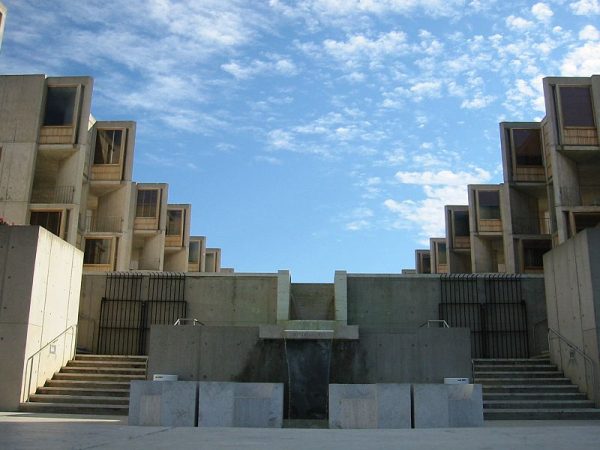Steel-reinforced concrete is a wonder of the modern built world and part of the foundation of civilization as we know it. Yet contemporary concrete has its flaws. Over time, water finds its way in, reaching and rusting rebar, which then expands and cracks surrounding concrete. Steel aside, seawater can also corrode and erode concrete surfaces. So how were the ancient Romans able to build structures that could last for 2,000 years, surviving even in harsh marine contexts?
“The Roman recipe,” reports the Guardian, “held together piers, breakwaters and harbors. Moreover, in contrast to modern materials, the ancient water-based structures became stronger over time.” Now scientists have found a hidden process in the mix of volcanic ash, lime, seawater and lumps of volcanic rock: salty water and volcanic material can interact to create new minerals, reinforcing the concrete over time.

Marie Jackson, a geologist at the University of Utah, co-authored a study on these recent findings about Roman concrete composition. Using electron microscopes and other cutting-edge tools and technologies, she explains, they could zoom into “the tiny natural laboratories in the concrete, map the minerals present, the succession of the crystals that occur, and their crystallographic properties.”
It all clicked when researchers realized that unexpected materials they found in ancient concrete weren’t added ingredients — instead, a chemical reaction had created them in place. Components in the mix dissolved, interacted and changed, leaving new materials to crystallize in the gaps over the centuries. Today’s researchers working to create things like self-healing concrete may be able to draw lessons as they endeavor to create resilient structures and revise concrete mixes.

Modern concrete is typically made with Portland cement — a mixture of silica sand, limestone, clay, chalk and other ingredients. Add water and an exothermic reaction ensues, binding the aggregate (rocks and sand) around steel rebar (which adds strength and helps facilitate longer spans). But once it is done, the results are intentionally inert — no more reactions — and any erosion or cracking over time is just entropy in action. Nothing good comes from adding water after the fact, meaning modern concrete is, if anything, even less robust in marine contexts.

But while water works against modern structures built with this mix, it actually worked for ancient ones. In his Natural History, Pliny the Elder was more right than he realized when he wrote that their marine concrete was “impregnable to the waves and every day stronger.”
Designers and engineers are used to thinking of buildings as static objects that will slowly and inevitably come apart over time — normally, environmental factors only speed the process along. But Jackson believes this research “opens up a completely new perspective for how concrete can be made – that what we consider corrosion processes can actually produce extremely beneficial mineral cement and lead to continued resilience [or even] enhanced resilience over time.”



Comments (3)
Share
Wow. This feels like it could change things, a lot
Honestly, the two biggest factors contributing to the longevity of the Roman aqueducts have to do with two things:
1. The structural elements are carrying the loads primarily through compression.
2. They are not using rebar.
Because they are using compression members, tensile reinforcement was not required. Additionally, they used a much slower curing concrete, which alleviated cracking due to shrinkage.
As mentioned in the article rebar is corrosive, especially in marine environments.
Good article…Check the video for better understanding on Why is Roman Concrete stronger than Modern Concrete? to
https://www.youtube.com/watch?v=oP09XQhFIFA